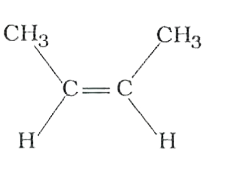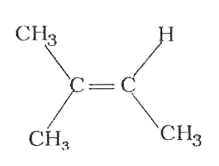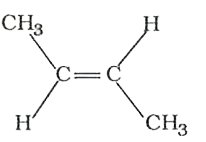Answer
Step by step text solution for State Markovnikov's rule. by CHEMISTRY experts to help you in doubts & scoring excellent marks in Class 11 exams.
|
Topper's Solved these Questions
ANNUAL EXAMINATION QUESTION PAPER SOUTH-2018
SUBHASH PUBLICATION|Exercise PART-C|11 VideosView PlaylistANNUAL EXAMINATION QUESTION PAPER SOUTH-2018
SUBHASH PUBLICATION|Exercise PART-D|17 VideosView PlaylistANNUAL EXAMINATION QUESTION PAPER SOUTH-2018
SUBHASH PUBLICATION|Exercise PART-E|7 VideosView PlaylistANNUAL EXAMINATION QUESTION PAPER SOUTH-2017
SUBHASH PUBLICATION|Exercise PART-E|6 VideosView PlaylistANNUAL EXAMINATION QUESTION PAPER SOUTH-2019
SUBHASH PUBLICATION|Exercise PART-E|7 VideosView Playlist
Similar Questions
Explore conceptually related problems
Knowledge Check
Similar Questions
Explore conceptually related problems
SUBHASH PUBLICATION-ANNUAL EXAMINATION QUESTION PAPER SOUTH-2018-PART-B
- Mention any two postulates of Dalton's atomic theory.
02:06
|
Play - Give the expression for Van der Waal's equation for n moles of a gas
01:46
|
Play - Give the expression for Compressibility factor (z)
01:27
|
Play - Write the lewis dot structure for (i) CO(2) (ii) CH(4)
01:37
|
Play - Give any two anomalous behaviour of Beryllium.
02:33
|
Play - How to prepare diborane in laboratory ?
02:40
|
Play - State Markovnikov's rule.
03:21
|
Playing Now - Write the Newman's projections of ethane.
03:06
|
Play - How is Ozone layer formed in the stratosphere? Name a chief chemical t...
01:52
|
Play





